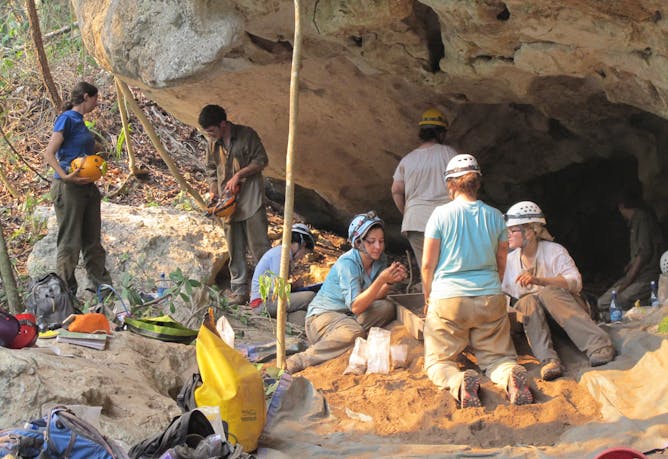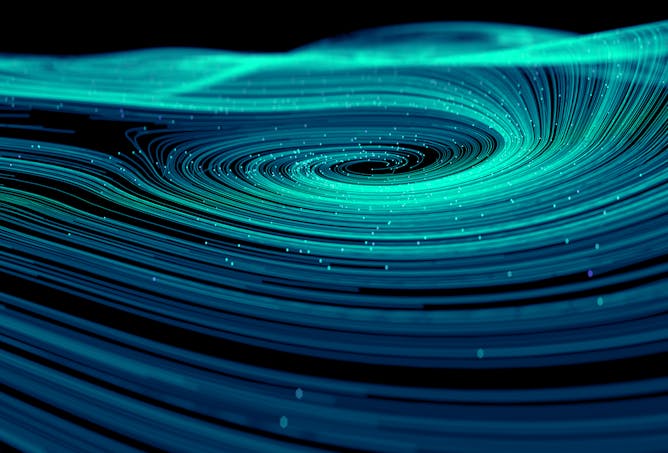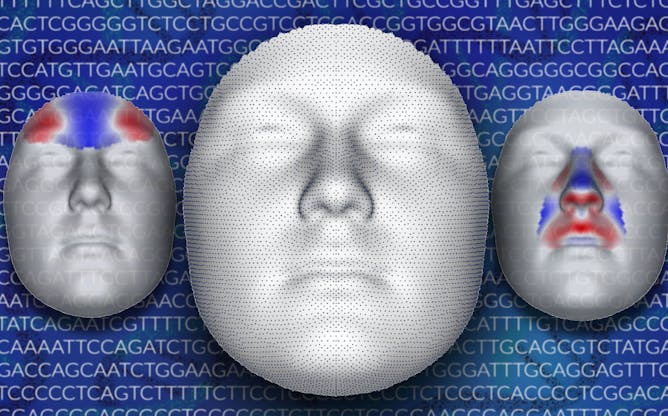|
What looks like a pile of rocks to you could be a career-changing discovery to the trained eye of an archaeologist. Two archaeologists from Michigan State explain how they pick sites to dig – often relying on local knowledge – and how remote-sensing technologies, including LIDAR, are opening up even more areas for exploration and discovery.
It’s rare in the world of physics to introduce a novel theory for something as basic as the nature of matter. But two physicists have done exactly that, using new math to demonstrate its feasibility. In this piece, they describe matter as “fragments of energy,” rather than particles or waves, in a theory that aligns with Newtonian physics and Einstein’s theory of relativity.
This week, we launched a series on oceans and sustainability with contributions from editions of The Conversation from around the world. Among the kickoff pieces was a profile of the Atlantic Ocean and the perils of overfishing.
I enjoyed receiving a number of emails from readers who responded to my request last week for questions they’d like answered about the pandemic or other subjects worth exploring. Please respond to this email with your feedback on what you'd like to read about.
|

A variety of clues can tip off archaeologists about a promising spot for excavation.
Gabriel Wrobel
Gabriel D. Wrobel, Michigan State University; Stacey Camp, Michigan State University
Archaeologists used to dig primarily at sites that were easy to find thanks to obvious visual clues. But technology – and listening to local people – plays a much bigger role now.
|

New mathematics have shown that lines of energy can be used to describe the universe.
zf L/Moment via Getty Images
Larry M. Silverberg, North Carolina State University
Field theory describes the universe as energy flowing along unending lines. With this perspective, it is possible to define a new fundamental building block of matter.
|

Using 3-D facial images researchers have identified changes in the DNA that contribute to variation in facial features.
Julie D. White
Seth M. Weinberg, University of Pittsburgh; John R. Shaffer, University of Pittsburgh
Like it or not, the facial feature most influenced by your genes is your nose. Researchers investigate which genes are involved in sculpting the face.
|